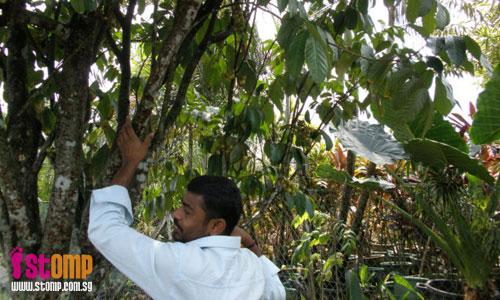
After a hard day's work, this foreign worker enjoys the simple pleasure of eating wild buah langsat growing along Jalan Murai.
STOMPer Langsat Addict, who struck up a conversation with the worker, said:
"I was driving along Jalan Murai when I saw a group of foreign workers climbing up some trees to pick the fruits.
"Being curious, I stopped my car and politely asked them what they were picking.
"One foreign worker showed me a bunch of ripened 'buah langsat' and asked me to try one.
"I popped one into my mouth and found that it was very sweet as it tasted like 'buah duku' the larger species.
"It was in the evening and the workers had finished their daily work. So they went around to look for fruits which grew in the wild.
"This friendly worker, in his 20s, told me that on weekends his friends and he would go to a vacant piece of land next to the Chinese cemetery in Choa Chu Kang to look for free durians and rambutans.
"As June is the fruit season they get to enjoy our tropical fruits.
"Since the trees grow in the wild these workers need not pay to harvest them.
"This worker told me that he enjoyed our langsat more than the mangoes he used to eat in India."
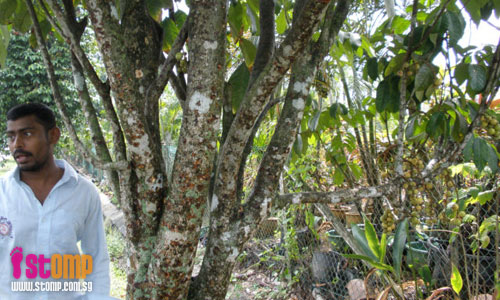
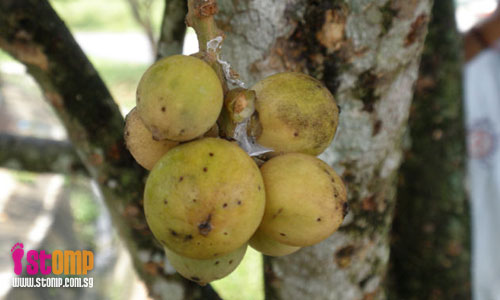
Langsat is the Malay name for Lansium domesticum, a fruit-bearing tree native to the region. Here is a link for more information on this species.
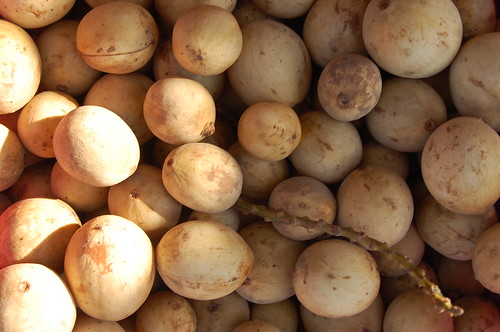
Langsat fruits, Kundasang;
(Photo by jdream mx)
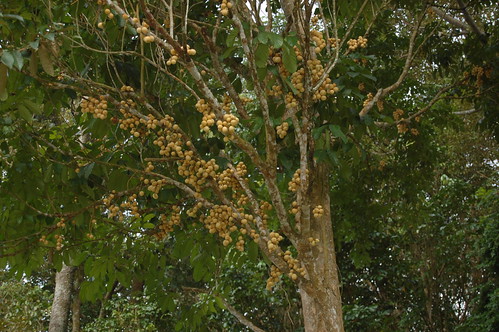
Langsat tree with fruits;
(Photo by Pretty Lady 241)
Apparently, the fruit we know as duku is a variety of langsat as well.

Duku fruit;
(Photo by kangdekry)